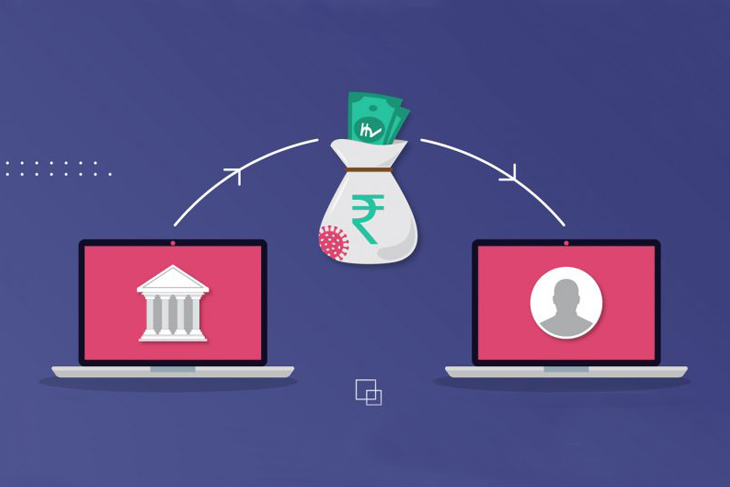Who can Benefit from Supply Chain Finance Digitization: An Overview

The supply chain market involves a number of stakeholders, with each being an integral cog in the supply chain wheel. Digitizing supply chain finance management is beneficial to each of these stakeholders, as it facilitates an uninterrupted supply of raw materials and machinery, timely payments, efficient regulation of stakeholder activities by financial institutions, and reduced manual effort in the process. So, here are some entities who should become a part of a supply chain finance digitization platform:
Vendors and suppliers
Vendors and suppliers, commonly referred to as “spokes,” play an indispensable role in the supply chain, providing corporate companies and firms with the raw material, machinery, equipment, etc. they require to manufacture their products. Suppliers require a constant inflow of income to ensure an uninterrupted flow of raw materials and other primary goods in the supply chain and a healthy collaboration with their clients. Cloud-based supply chain finance digitization platforms ensure that suppliers are well connected to their clients situated anywhere in the world. Moreover, these platforms facilitate timely payments, which enable vendors and suppliers to carry out their business processes efficiently.
Distributors
A distributor acts as an intermediary between the different entities in a supply chain, including spokes, retailers, and corporate companies. Timely distribution of products across the country and the globe is essential for manufacturers to earn profits and ensure customer satisfaction. Becoming a part of supply chain finance management platforms helps distributors collaborate effectively with all the stakeholders they must coordinate with in course of their business transactions. It also reduces manual efforts considerably in the process of finance management.
Banks and financial institutions
At the center of the supply chain are banks and financial institutions, which regulate and facilitate payments, lending, and borrowing of money across various stakeholders. Consequently, it often becomes highly challenging for financial institutions to regulate the activities of borrowers and lenders and ensure enhanced client experience. Supply chain finance digitization allows banks to stay on top of borrower and lender activities, including regulating transactions between suppliers and vendors. It also enables increased security, better data analytics and decision making, and a user-friendly interface for a highly personalized, enhanced user experience.
Retailers
Retailers typically purchase products from manufacturers, distributors, wholesalers, etc. and sell them to the direct end users. Regulating payments to each of these stakeholders can be challenging, especially for large-scale retailers. Supply chain finance management platforms not only help retailers ensure timely payments but also facilitate efficient invoicing and dynamic discounting, eliminating manual effort and reducing the time taken for such activities. Moreover, retailers may inform suppliers in advance about any possible payment delays, ensuring healthy professional ties with other stakeholders in the supply chain.
Corporate companies, firms, and industries
A number of corporate companies, industries, and firms purchase raw material and equipment from spokes and deliver finished products to end users. Hence, all of these companies may be classified as “buyers” in the supply chain. Similar to retailers, corporates can also ensure timely payments to suppliers and avail of invoicing and dynamic discounting benefits through supply chain finance digitization platforms. Corporate companies can also establish and maintain long-lasting professional collaborations with suppliers, vendors, and other entities in the supply chain, which enhances the efficiency of their business processes.
The global supply chain finance market is predicted to reach USD 18.5 billion by 2031, at a CAGR of 13.69%. The digitization of supply chain finance management processes can help ensure seamless transactions among all stakeholders in the supply chain and uninterrupted supply of raw materials and finished products. We at Zuron possess considerable expertise and hands-on experience in supply chain finance management and are here to help you with end-to-end digitization of such processes. Click here to connect with us today!



